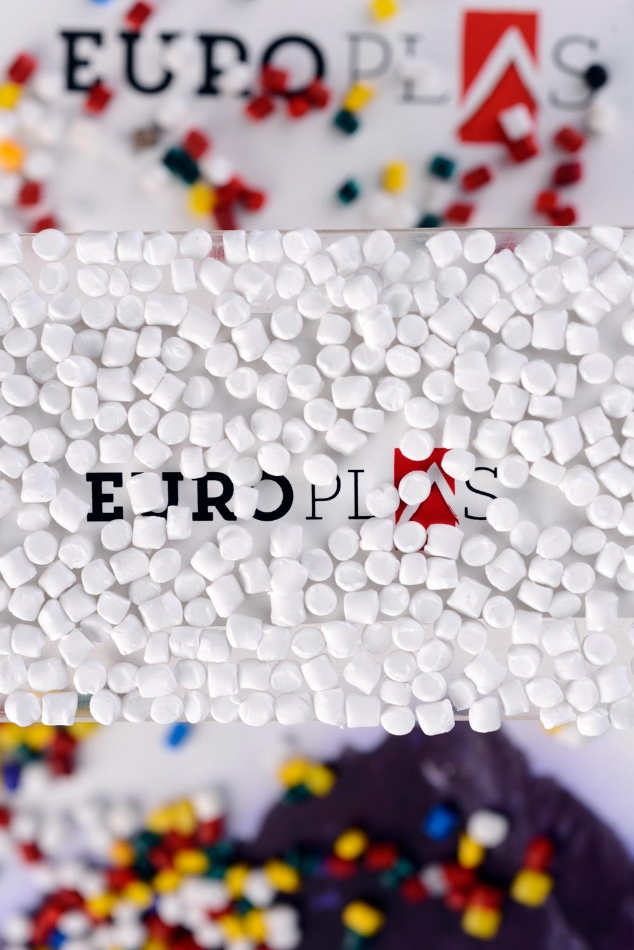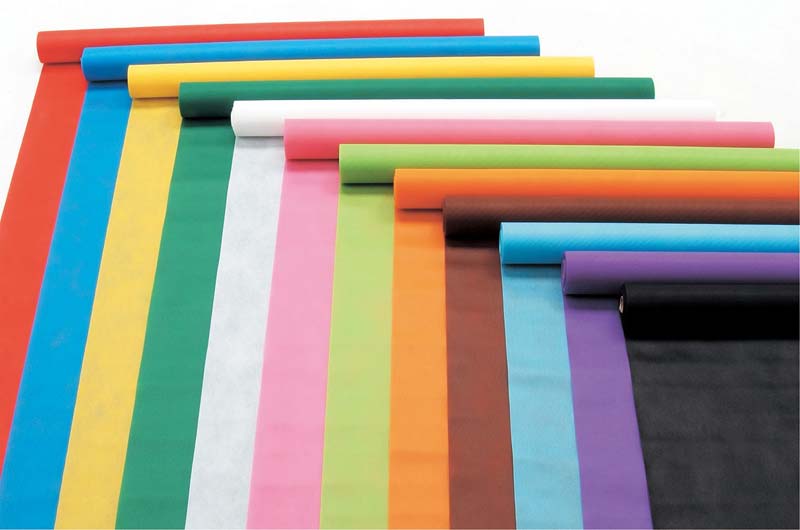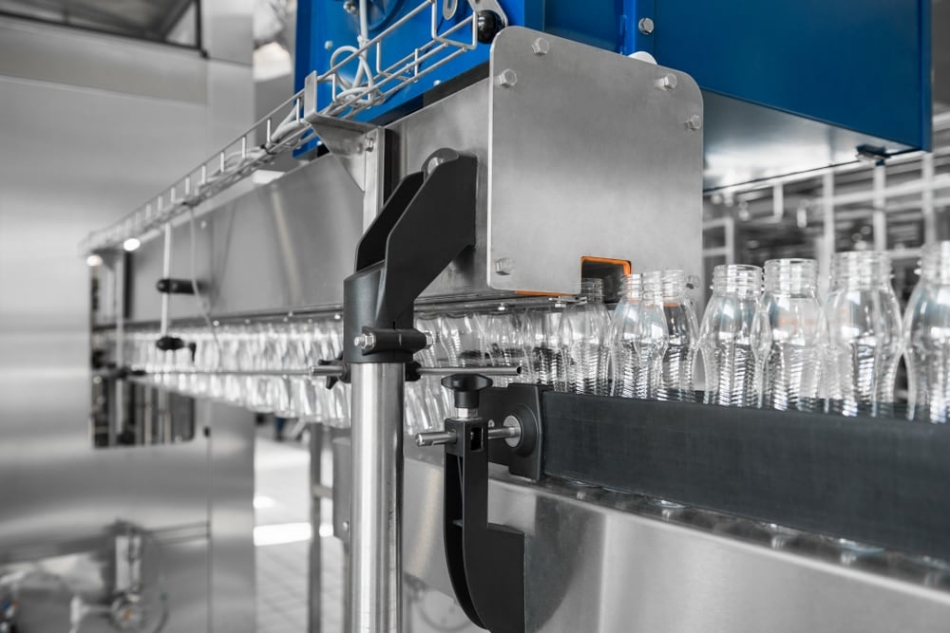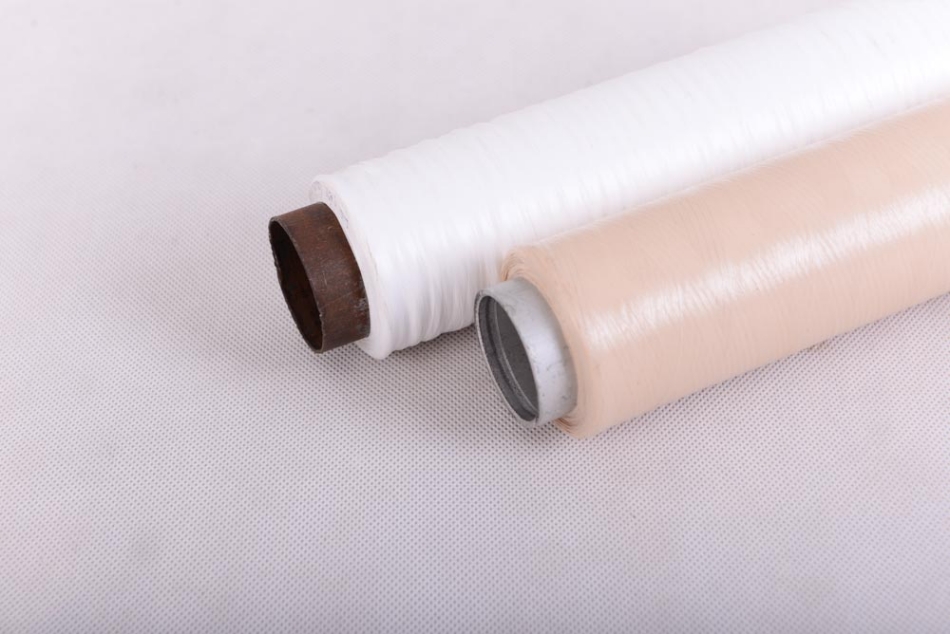1. What is calcium carbonate filler masterbatch? An overall information of this EuP’s flagship product
Calcium carbonate filler contains high percentage of calcium carbonate powder mixed with primary resin and several appropriate additives. This mixture is then heated until transformed into liquid form. After all components are well blended together the mixture is cooled until solidified and passed through the extruder and cut into small solid granules (pellets) called masterbatch. This masterbatch is widely applied as fillers in plastic-based products manufacturing. It replaces a part of input material, helps producers saving production costs and enhances multiple properties of the final products at the same time.
The calcium carbonate masterbatch is naturally white itself, but it cannot be used as colorant for plastic. However, in combination of white masterbatch containing titanium dioxide (TiO2), it positively functions in increasing whiteness and facilitating pigment dispersion in the plastic mixture that generally contributes higher opacity of finished products.

1.1. Outstanding features of calcium carbonate filler masterbatch
The calcium carbonate accounted for the vast majority of calcium carbonate filler, usually ranging from 60% to maximum 90%. It is most compatible with polyolefin resins (PP and PE) but can also be mixed with other resins such as PS, ABS, PVC, EPS, etc. This type of masterbatch is originally generated to be the filler serving as a cost-effective solution for the whole plastic industry worldwide. But over time, as the demands in using versatile materials is extensively expanded, today they are not just simply fillers for plastics but more likely the functional additives improving both physical and chemical properties of the plastics and generally elevating finished products’ quality.
2. Overview on applications of calcium carbonate filler masterbatch
Comprehensively speaking, the diverse in applying calcium carbonate masterbatch is unaccountable and impossible to list all of them. Some of the outstanding applications can be named as Blown HDPE Film, Raffia tapes, Tarpaulins, High-density and Low-density PP/PE fabric, LDPE, LLDPE and HDPE films, plastic furniture, etc. However, these applications can be classified into several main groups due to either processing methods or their base resins. In this post, we divided them into the processing criteria.
2.1. Using calcium carbonate filler in generating non-woven fabric
The range of fields in which products made by calcium carbonate non-woven fabric varies from medical and personal care to such as hygiene, geotextile (fabrics that are capable of absorbing, separating, filtering, protecting, reinforcing and draining used in technical industries such as irrigation, transport, environment). Advantages of adding calcium carbonate filler into non-woven materials are:
- Improving the product surfaces by
- Reducing luster, making the surface more matte and more opaque leading to enhanced covering ability of the fabric structure
- Giving natural white color with limited yellowness
- Improving the material texture by
- Creating a comfort and cotton-like feel and prevent carbon footprint when touching
- Creating more micro areas for air filtration and oil absorption
- Increasing thermal conductivity and physical strength
- Reducing processing temperature, hence the manufacturers can achieve higher productivity as well as save energy and producing costs in general.
- Easily cooperated with multiple base resins (thanks to good dispersion ability) and processed by various methods

2.2. Modifying calcium carbonate filler by injection molding
Calcium carbonate filler mixed with PP masterbatch is the perfect solution for producing household appliances such as furniture, containers, boxes, bottles, buckets, etc. through injection molding method. The proportion of CaCO3 in PP masterbatch can be up to 50%. However the exact proportion for each production differs and depends on the specific requirements.
Beside calcium carbonate masterbatch with PP resin, other primary resin options that can be considered is PS (polystyrene) and ABS in cases scratching is not a big deal. Injection-molded products made by the combination of PP resin and calcium carbonate have more advanced thermal conductivity and impact resistance, better flexural stiffness with lower shrinkage.

2.3. Applying calcium carbonate filler into films and sheets extrusion
With several special artificial materials such as LDPE, LLDPE or HDPE, calcium carbonate masterbatch can be added directly into the virgin plastic and those mixtures will function as filler and additive masterbatch as the same time in manufacturing plastic films and sheets. They basically deliver higher blocking, slipping resistance and folding and creasing quality. The surface of final product achieves matte appearance suitable for printing. The tensile strength of finished products is also improved allowing the complete protection even when they are stretched. Moreover, this material is safe to contact with food since it does not contain any toxic components.

2.4. Calcium carbonate filler masterbatch is also found in yarn and twine
CaCO3 filler seems to be the perfect solution helping manufacturers reduce partly or completely avoid the fibrillation issue. Fibrillation is one of the most common problems that producers must facing in plastic yarn (tapes) and twine generating procedures. It causes uncontrolled splitting when PP/PE yarn is stretched. By adding only a small amount (3 – 4%) of calcium carbonate filler masterbatch into flat PP/PE yarn production, not only fibrillation is solved but this material also brought some other benefits such as:
- Improving tensile strength and tearing resistance of the flat yarn and woven fabric after stretching
- Providing anti-slip and anti-blocking effect, which facilitates winding step
- Improving weaving ability, weld ability and printability
- Improving stiffness of the products making them firmer and more stable
- Less damaging the machinery, especially the cutting blades (by replacing the used amount of titanium dioxide, anti-blocking and anti-slip reagents, which can cause abrasive effects on the cutting blades). In general, the lifetime of machinery is prolonged.
- Increasing the productivity
- Replacing partly white masterbatch requirements, thus help manufacturers saving costs
- Reducing input material costs as the calcium carbonate masterbatch is much cheaper compared to other primary plastics
- Easier processing
- Providing self-cleaning effect on other materials (such as dyes) and machinery (such as the extruder)
